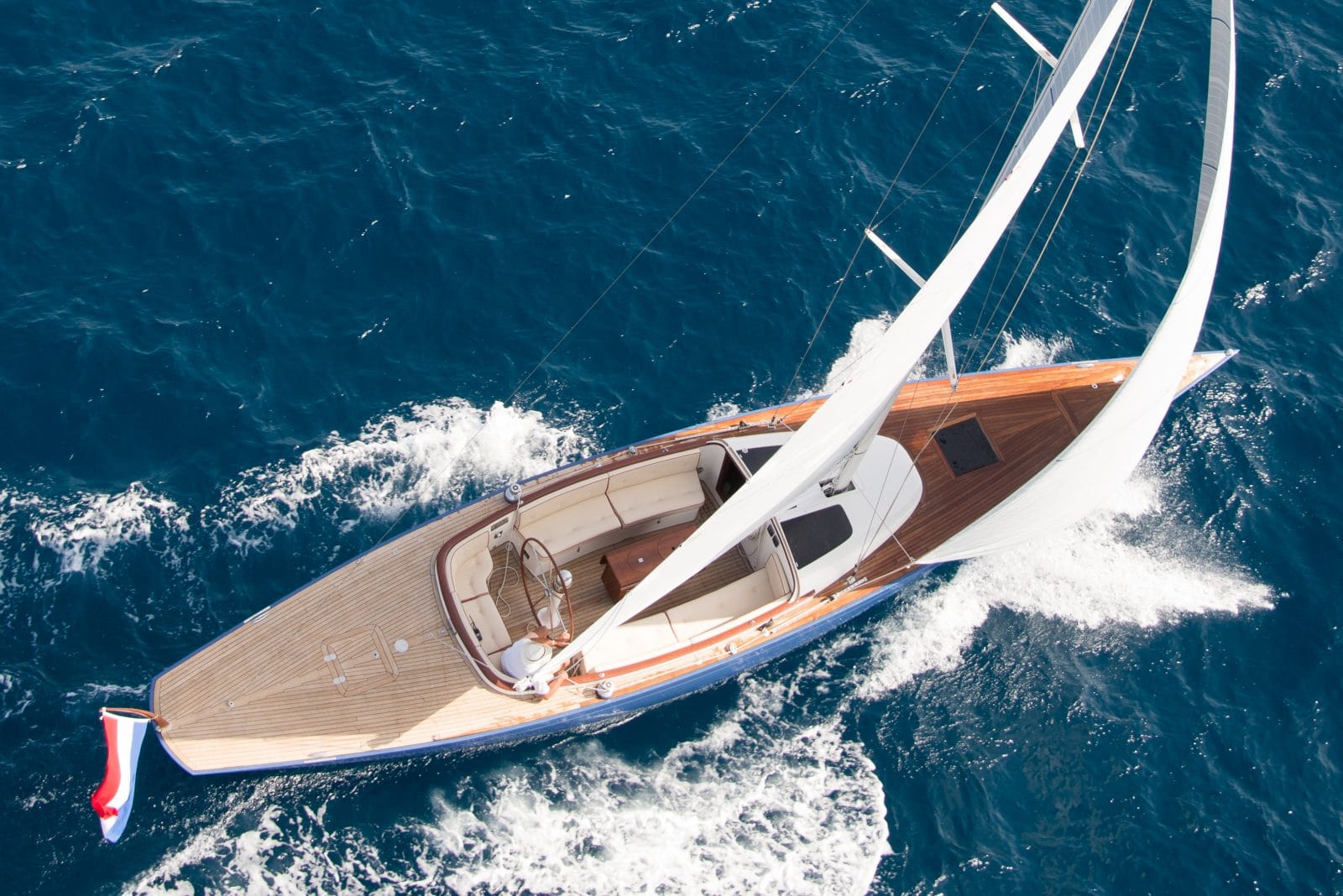
The maritime industry has gone through a huge change as of late, with mechanical progressions assuming a critical part in improving productivity, security, and natural supportability. One of the key developments that have changed this area is continuous checking. Ongoing observing in the maritime industry includes the ceaseless assortment and examination of information from different boat frameworks and outside sources, giving a large group of benefits that add to further developed tasks and navigation. A yacht tender is a small, versatile boat typically used to transport passengers, supplies, or equipment between a larger yacht and shore.

- Ongoing checking is instrumental in guaranteeing the security of vessels and team. It takes into consideration the prompt recognition of wellbeing basic issues, for example, motor breakdowns, gear disappointments, or antagonistic weather patterns. With ongoing information, maritime administrators can make a brief move to moderate dangers, forestalling mishaps and possible calamities adrift.
- Fuel utilization is a massive expense factor for the maritime industry and a vital supporter of natural effect. Constant checking empowers boats to advance their eco-friendliness by ceaselessly dissecting motor execution, weather patterns, and route information. By making ongoing changes, vessels can limit fuel utilization, lessen emanations, and lower functional expenses.
- Ongoing checking frameworks give prescient support abilities. By dissecting gear execution information, these frameworks can anticipate when upkeep is required, considering proactive overhauling to forestall unforeseen breakdowns. This approach limits personal time and decreases the requirement for crisis fixes, at last saving time and assets.
- Severe natural guidelines administer emanations from ships, especially in discharge control regions (ECAs). Continuous checking assists vessels with remaining in consistence by following discharges and giving alarms when emanations surpass admissible cutoff points. This proactive methodology maintains a strategic distance from punishments and adds to a cleaner climate.
- Continuous checking incorporates complex route apparatuses that give precise and modern data on vessel position, course, and encompassing traffic. This guides in crash evasion and guarantees vessels follow ideal courses, diminishing the gamble of mishaps and upgrading generally speaking route wellbeing.
- Continuous observing frameworks can follow the condition and security of freight on the way. This is particularly significant for touchy or high-esteem shipments. Ongoing information permits administrators to answer rapidly to any abnormalities or security breaks, limiting the gamble of freight robbery or harm.
- Checking frameworks can likewise add to the prosperity of team individuals. By following ecological circumstances inside the vessel, like temperature, stickiness, and air quality, constant checking guarantees that team individuals are working in a protected and agreeable climate. It can likewise give early alerts of potential wellbeing dangers, for example, gas spills.
In conclusion, continuous checking is a distinct advantage for the maritime industry, offering a large number of benefits that improve wellbeing, proficiency, and supportability. As innovation keeps on advancing, constant checking frameworks will probably turn out to be significantly more modern, further changing the manner in which the maritime area works and adjusts to address the difficulties representing things to come. A yacht tender is a smaller vessel used for transportation between a yacht and the shore or for various recreational activities while aboard the yacht.








